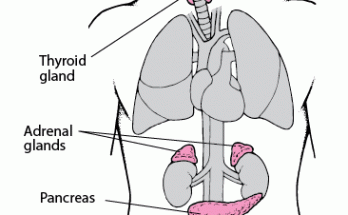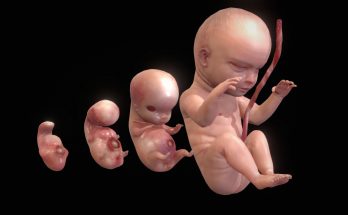
How is the Small Intestine designed to absorb Digested Food ?
The small intestine, a vital component of the digestive system, has a remarkable design optimised for efficient absorption of digested food. With millions of finger-like projections called villi, the inner surface area of the small intestine is significantly increased, facilitating nutrient absorption. This intricate structure, combined with the secretion of intestinal juices and specialised epithelial cells, ensures effective extraction of important nutrients from the food we consume.
How is the Small Intestine designed to absorb Digested Food ? Read More


